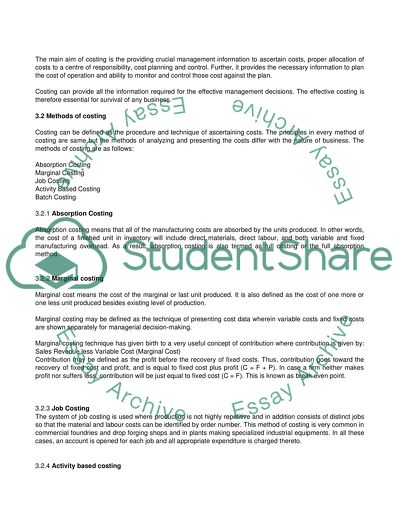Cite this document
(Allocation and Apportionment of Overheads in The Home Case Study, n.d.)
Allocation and Apportionment of Overheads in The Home Case Study. Retrieved from https://studentshare.org/finance-accounting/1499642-management-accounts
Allocation and Apportionment of Overheads in The Home Case Study. Retrieved from https://studentshare.org/finance-accounting/1499642-management-accounts
(Allocation and Apportionment of Overheads in The Home Case Study)
Allocation and Apportionment of Overheads in The Home Case Study. https://studentshare.org/finance-accounting/1499642-management-accounts.
Allocation and Apportionment of Overheads in The Home Case Study. https://studentshare.org/finance-accounting/1499642-management-accounts.
“Allocation and Apportionment of Overheads in The Home Case Study”, n.d. https://studentshare.org/finance-accounting/1499642-management-accounts.


